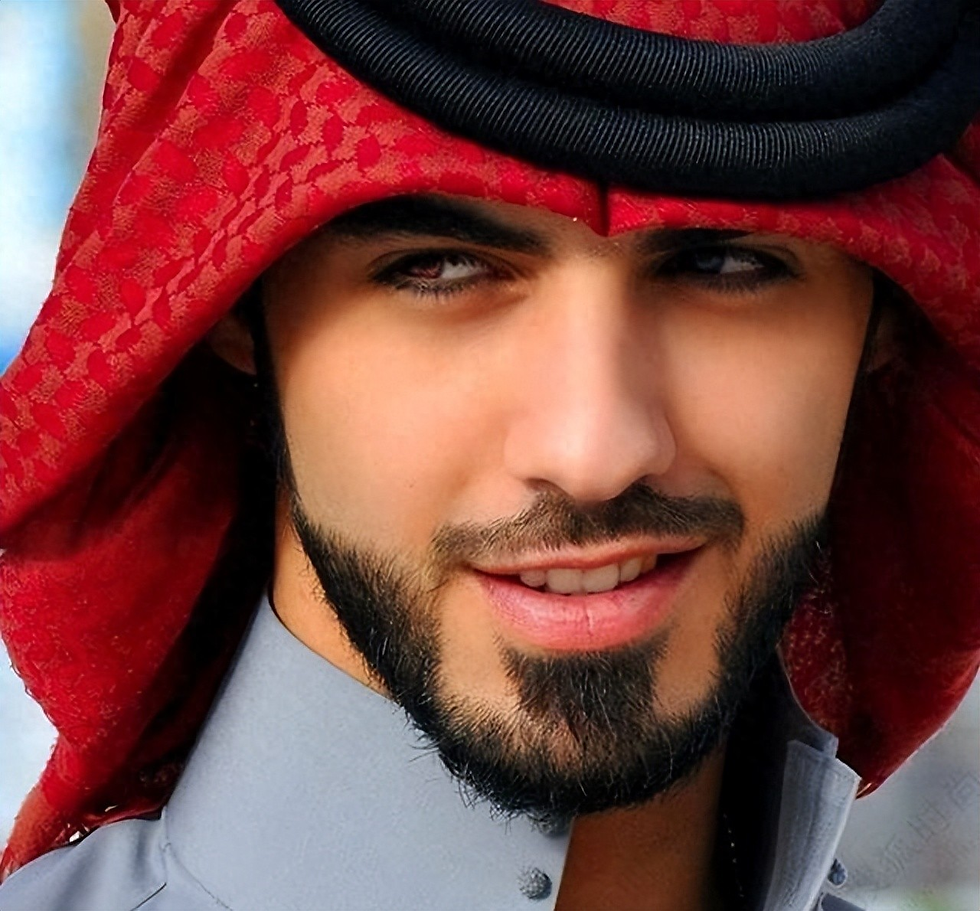Mongolia has a sparse population and abundant mineral resources, yet it is still poorer than many countries in Africa.
- CosDream News

- Jun 13, 2024
- 3 min read
Mongolia and China's Inner Mongolia Autonomous Region both lie on the Mongolian Plateau, but Mongolia's higher latitude results in a colder climate, making large-scale habitation and agricultural production difficult, thus limiting development primarily to pastoralism.
Despite its larger area—about 400,000 square kilometers more than Inner Mongolia—Mongolia has a population of only 3.4 million, less than 15% of Inner Mongolia’s population, ranking 133rd globally in population.
Mongolia’s harsh surface environment contrasts with its rich underground resources.
Similar to Saudi Arabia in the Middle East, Mongolia possesses abundant mineral resources.
Over 80 types of minerals have been discovered, with more than 6,000 mining sites, making Mongolia's mineral wealth globally renowned for its variety, quantity, and quality.
Coal is Mongolia’s most abundant mineral, with reserves exceeding 160 billion tons, earning it the nickname "Saudi Arabia of coal."
These coal deposits are shallow and mainly open-pit mines, making extraction conditions favorable and costs low.
Mongolia also has significant copper reserves, with over 66 million tons identified, including world-class deposits like Oyu Tolgoi.
Additionally, Mongolia holds the world’s second-largest reserves of rare earth elements, about 31 million tons;
the fourth-largest reserves of fluorite, around 22 million tons; and the eleventh-largest reserves of uranium, approximately 145,000 tons.
Theoretically, such extensive mineral wealth should enable Mongolia to achieve prosperity, given its small population of 3.4 million.
However, the reality is that despite its resources, Mongolia remains impoverished.
In 2022, Mongolia's GDP was $17.1 billion, with a per capita GDP of about $5,000, only a third of Inner Mongolia’s and trailing behind other landlocked countries like Kazakhstan.
It even lags behind African countries such as Libya and Gabon.
For instance, Gabon, also a resource-rich nation with a smaller area and a population of 2.22 million, has a per capita GDP of nearly $9,000, twice that of Mongolia.
Similarly, Botswana, a landlocked African country, has achieved a per capita GDP of $8,000 through its diamond resources.
Most Mongolians live off pastoralism, but increasing desertification has bankrupted many herders, forcing them to become miners, working over 12 hours daily for about 60 yuan ($9).
A third of the population lives below the poverty line, and the outskirts of the capital, Ulaanbaatar, have developed into the country’s largest slum, lacking basic infrastructure, with residents living in simple yurts.
Despite a per capita GDP of $5,000, the income disparity is significant, and a high proportion of the population lives in poverty.
Although Mongolia has vast mineral resources, the mining industry requires substantial initial investment and high demands on infrastructure.
Mongolia lacks the funds, technology, and talent to independently develop these resources, relying on foreign multinational corporations for extraction.
Consequently, Mongolia only collects resource taxes, with minimal benefit from subsequent high-value-added processing.
Furthermore, Mongolia is landlocked, limiting its capacity for trade processing and requiring it to use ports in other countries to export resources.
Domestic infrastructure is also underdeveloped, with only one railway, the Zamiin-Uud to Sukhbaatar line connecting China and Russia, few roads in poor condition, and a dependence on imported electricity from China and Russia.
Mongolia faces a dilemma: it relies on pastoralism and mining to drive economic growth, yet these industries degrade the fragile environment, exacerbating desertification and frequent dust storms.
The country must invest heavily in reforestation and desertification control, significantly restricting economic development.
Therefore, despite its rich resources, Mongolia’s economy and the living standards of its people remain challenging.












Comments